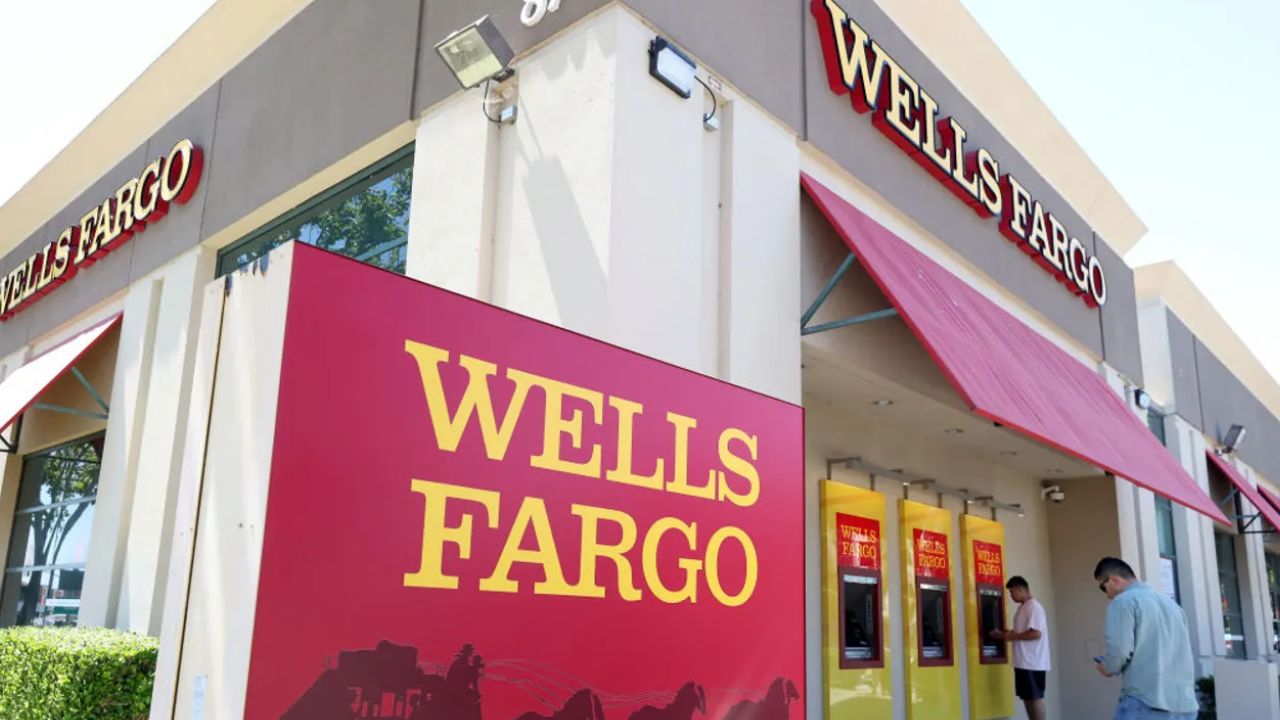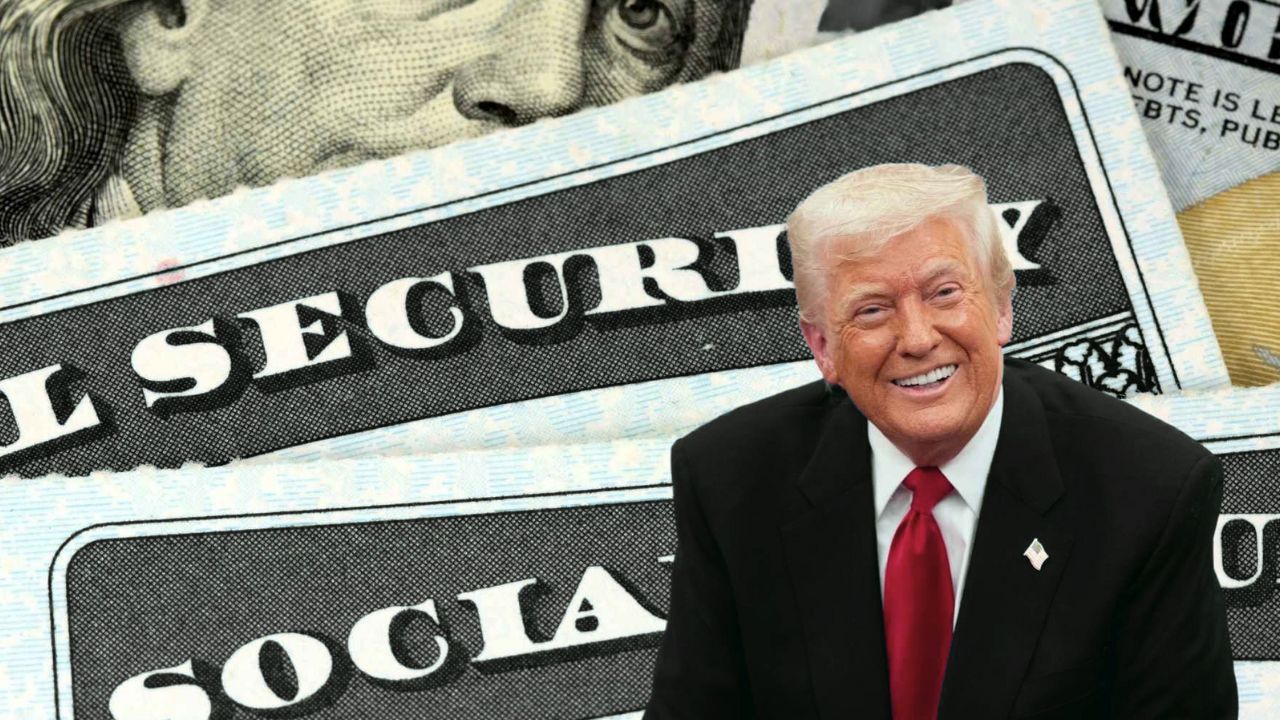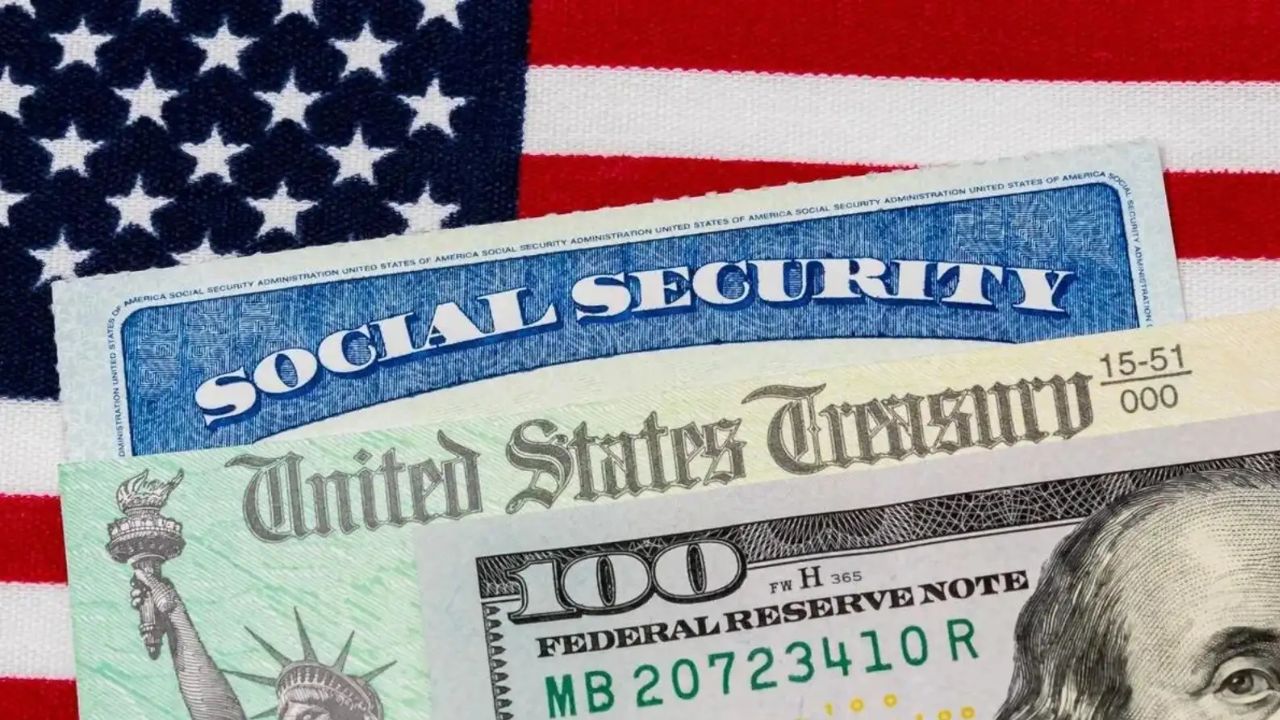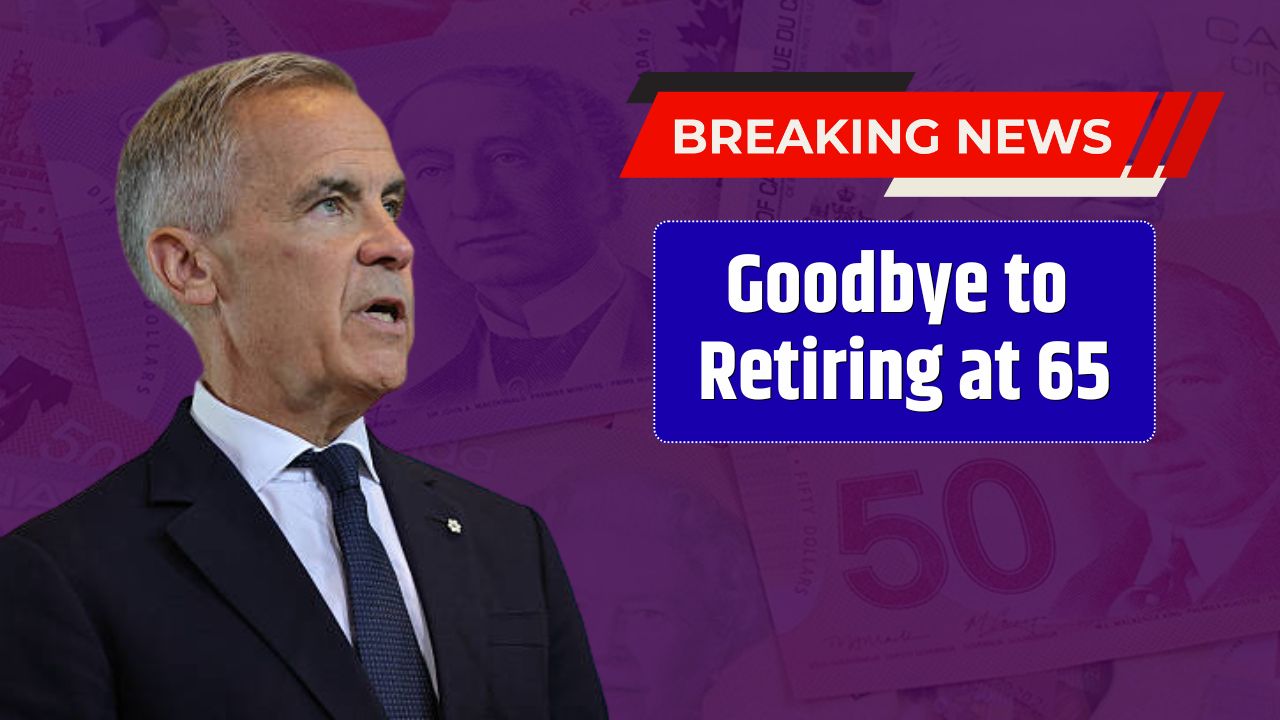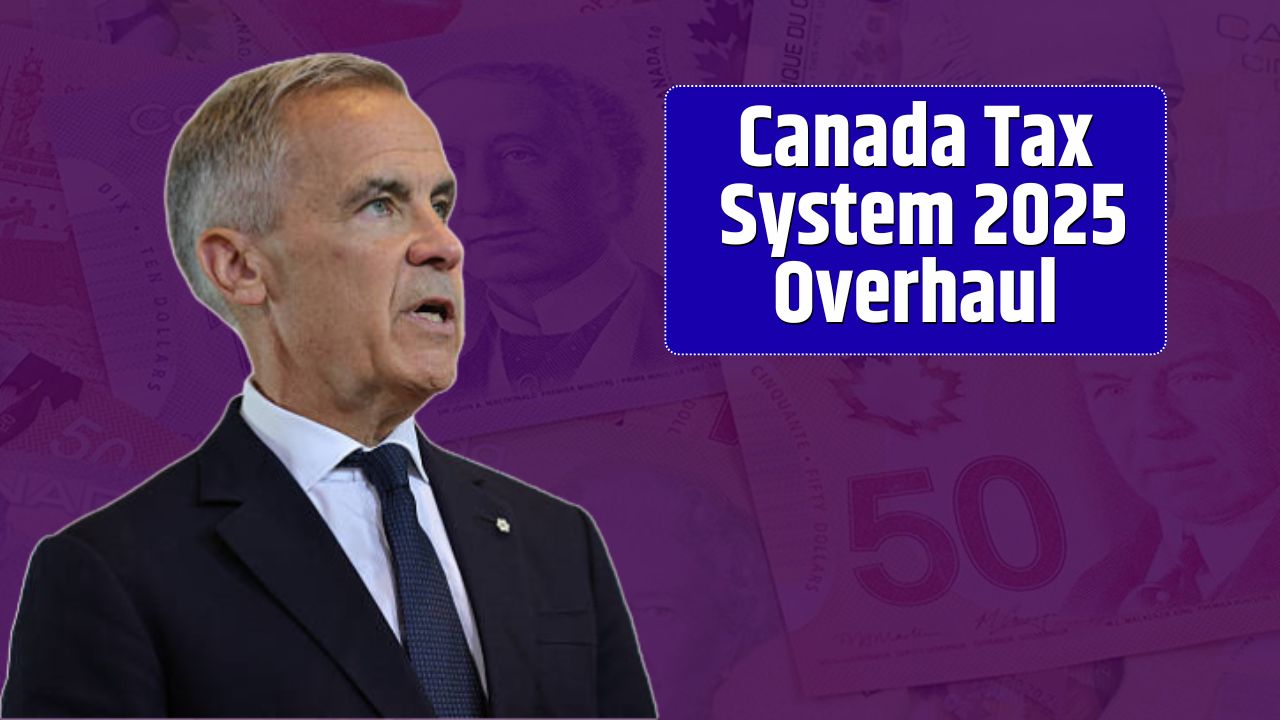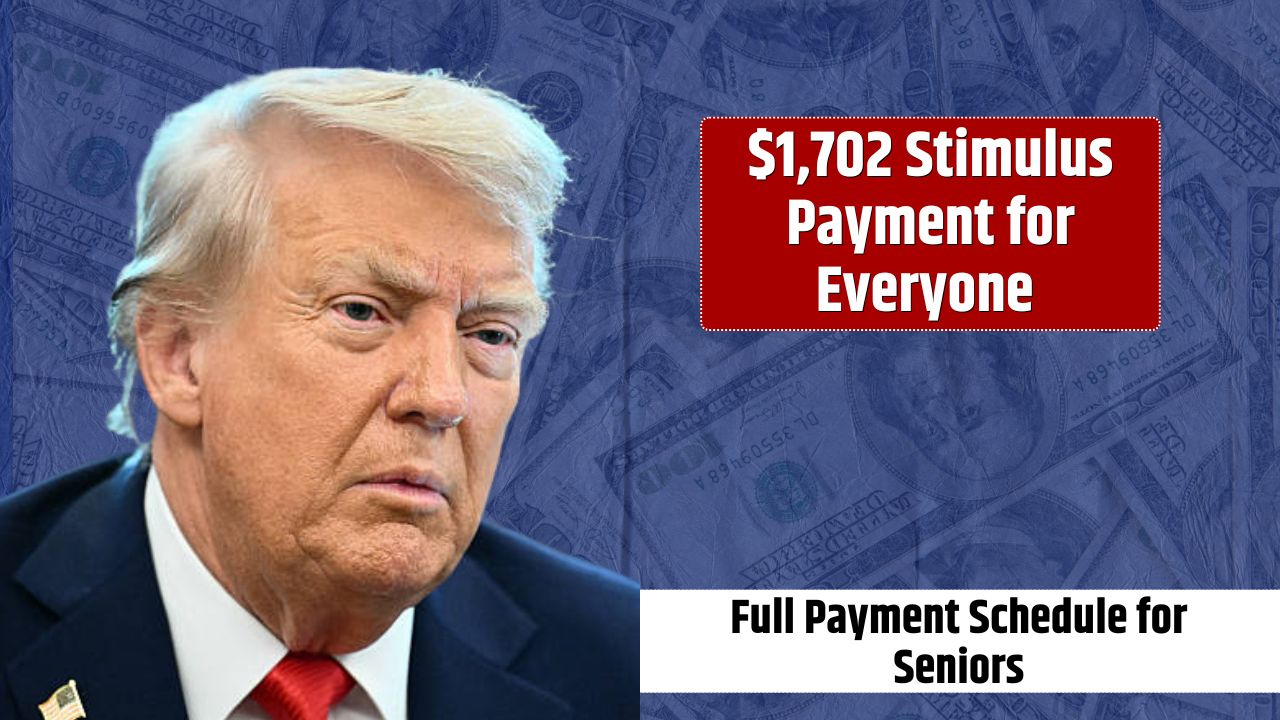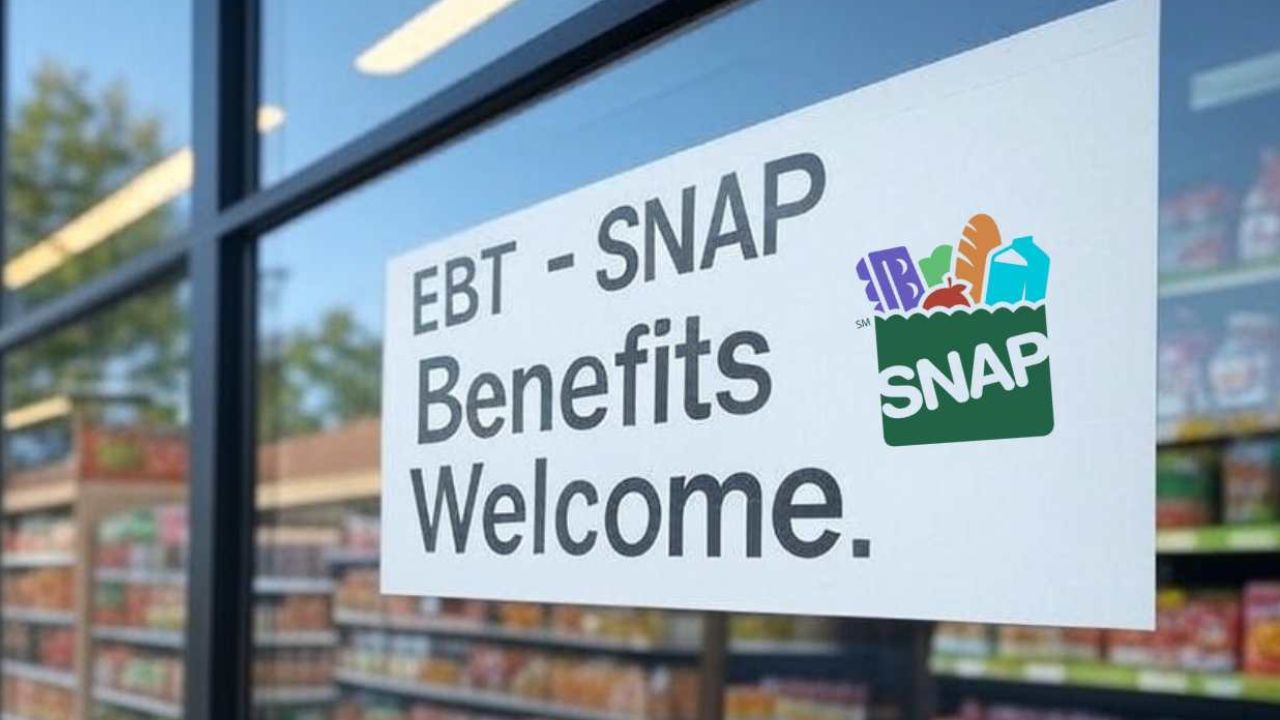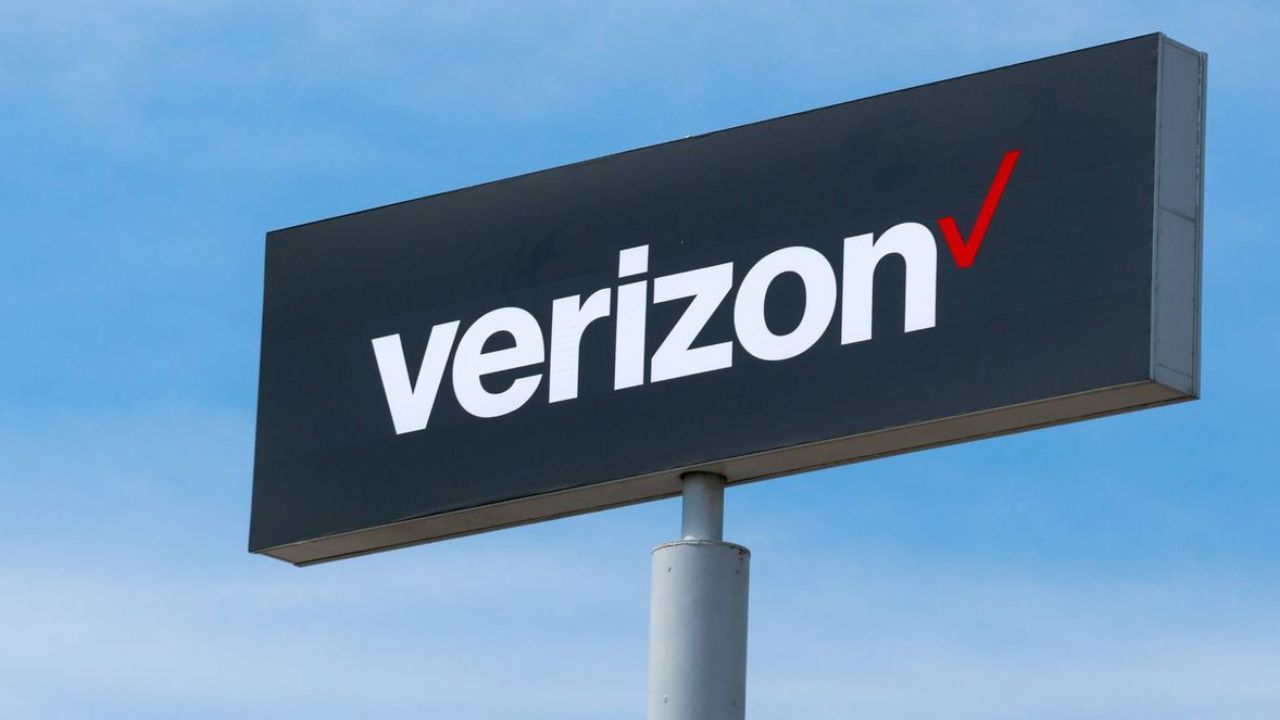It started like any other banking errand — a routine deposit, a few taps on a phone, and what should have been peace of mind. But for Willie Delane, a longtime Wells Fargo customer in Houston, that ordinary day turned into a financial nightmare that’s now raising bigger questions about bank fraud, customer protection, and accountability.
A $10,000 Deposit Gone Wrong
On September 15, just after 1:30 p.m., Willie Delane walked into the Wells Fargo branch on Woodforest, where she deposited a $10,000 life insurance check. The money was supposed to offer some stability — a cushion after personal loss.
But by that same night, her phone buzzed with what looked like a legitimate Wells Fargo alert. The text claimed to be from the bank, questioning a transaction on her account.
“I jumped out of my bed. I went and got my phone, and I called customer service,” Willie said.
The representative on the line, she recalls, told her the account would be secured, that a new debit card would be issued, and everything was under control. Relieved, she went back to bed — unaware that within hours, more than $4,000 would vanish from her account.
“It’s My Money, and I’m Going to Fight for It”
By morning, the damage was done. Willie logged into her Wells Fargo account and saw thousands missing — drained through transactions she insists she never made.
“I’ve been with Wells Fargo for years and years,” she told reporters. “They’re on my speed dial. I trusted them.”
But that trust began to unravel when the bank’s official correspondence arrived. In writing, Wells Fargo informed her that she had authorized the transactions — and that the bank would not reimburse the stolen funds.
That response left her stunned. “All I did was deposit a check,” she said. “It’s my money. I’m going to fight for this.”
Wells Fargo’s Response
A spokesperson for Wells Fargo confirmed to local media that the bank is still investigating the case. They did not elaborate on what led to the transactions or whether any security protocols failed in the process.
While the details remain under review, the case highlights a troubling pattern. Scammers have increasingly been impersonating major banks through text messages and calls, creating near-perfect replicas of legitimate alerts to trick customers into confirming — or unintentionally authorizing — fraudulent transfers.
The Federal Trade Commission (FTC) has repeatedly warned consumers about this kind of “bank spoofing scam,” where criminals clone bank numbers and mimic customer service scripts to harvest account details. You can read the FTC’s latest advisory here.
What Likely Happened
Though investigators haven’t confirmed specifics, experts say the timeline fits a familiar pattern:
| Timeline | Event | Possible Explanation |
|---|---|---|
| 1:30 p.m. | $10,000 check deposited at Wells Fargo branch | Normal deposit transaction |
| ~10:30 p.m. | Fraudulent “Wells Fargo” text received | Scam attempt disguised as a security alert |
| Late night | Customer calls “Wells Fargo” number from text | Possible connection to fraudster, not bank |
| Next morning | $4,000 missing from account | Funds transferred via unauthorized digital transactions |
If the number Willie called wasn’t truly Wells Fargo — but a cloned line — she may have unknowingly provided information that enabled the theft.
However, that doesn’t absolve the bank. Under Regulation E, which governs electronic fund transfers, banks are generally required to reimburse unauthorized transactions unless they can prove the customer’s negligence directly caused the loss.
The Consumer Financial Protection Bureau (CFPB) details those rights on its official page: consumerfinance.gov/rules-policy/regulations/e/.
The Bigger Issue: Banks and Fraud Accountability
This isn’t an isolated case. Across the country, digital banking scams have surged, with millions of dollars lost annually to increasingly sophisticated fraud rings. The FBI’s Internet Crime Complaint Center (IC3) reported over $10 billion in financial losses in 2023 alone, with bank transfer scams among the top culprits (source).
Victims often find themselves caught in a gray zone: banks say they can’t verify fraud; customers insist they didn’t authorize anything. The result? Months of investigations, appeals, and in too many cases — lost savings.
Consumer rights attorney Mark Herrera, based in Dallas, told us cases like this “underscore a growing gap in how banks handle digital fraud claims.”
“The system is outdated,” Herrera said. “It assumes fraud looks like it did 15 years ago — stolen cards, forged checks. But today’s scams are psychological, not mechanical.”
What Customers Can Do Now
While the investigation into Willie’s case continues, cybersecurity and banking experts recommend a few key steps for anyone handling similar alerts:
- Never call numbers or click links in unsolicited texts or emails.
Always contact your bank using the number on your official debit card or website. - Set up account alerts and monitor transactions daily.
Early detection can prevent greater losses. - Report fraud immediately to both your bank and the FTC via reportfraud.ftc.gov.
- File a written dispute with your bank under Regulation E within 60 days of discovering an error.
- Keep all documentation — screenshots, text messages, call records, and correspondence — for any potential investigation or reimbursement claim.
FAQs:
Can Wells Fargo legally refuse to refund stolen money?
Yes — but only if they can show the transactions were authorized or if the customer’s actions directly caused the loss.
How long does a Wells Fargo fraud investigation take?
Typically 10–45 days, depending on complexity and whether provisional credit is issued.
What should I do if I receive a suspicious text from my bank?
Ignore it and call your bank using a verified number from your card or statement.
